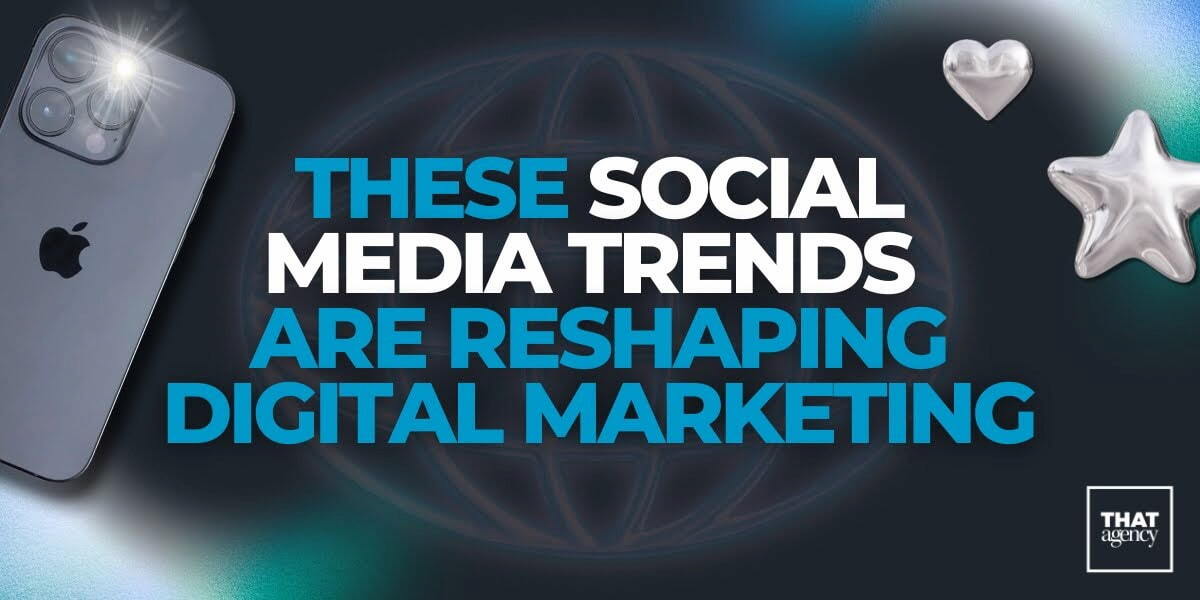How does First Touch & Last Touch Attribution work anyways?
Often times people will visit a site more than once before converting. They could visit 3 or 6 or more times and use a different method of getting to the website each time.
For example:

“So which one of these sources gets credit for the conversion?”
Google Analytics & Last Click Attribution
Google Analytics by in large attributes the conversion to the last source, in this case a direct visitor. This model is called “last click attribution” even though other sources played a role converting a visitor into a customer. In recent years they have introduced “Multi Channel Funnels” reporting to track the path of visitors who used more than one source to accommodate this. By in large this is a bit of a default model to give the most weight to the traffic source that “closed the deal”.
So we focus most of the marketing budget on the closing sources!! Right?
While this is the simple answer it is not necessarily the best one. As marketers & advertisers we need to be able to provide smart recommendations that accommodate the complexity of interactions. Being too overly simplistic can be limiting. In this case the direct visitor was cultivated by a prior source. Even one step back in the above example the “organic search” may have been for your “Brand Name”. Usually brand searches were cultivated by prior experience with your brand.
So let’s get back to attribution: The problem of first touch vs. last touch attribution
It’s still hard to say which traffic source is most responsible for the conversion. It gets even more complex than this when you introduce the hundreds of variations of conversion paths that can occur. It gets even more complex when you consider that they might go from mobile device to desktop before converting and both would appear as first time visits because they used different devices.
(marketing note: It is also because of this complexity that it’s hugely beneficial to get as much variety as possible into your marketing campaigns)
With Last touch attribution, putting too much weight at the closing sources can undervalue the awareness channels. It is a more conservative approach to attribution but potentially can leave money on the table. This is especially true for heavy hitting awareness channels like Social Media and Brand Centric Advertising.
So we focus most of the marketing budget on first touch sources!! Am I right?
There are drawbacks to this as well. “How long is too long?” in attributing a conversion to an early source? What if someone clicked a PPC ad and bounced off the website 60 days ago only to return later via a “Non-Brand” organic search? What if it was only 5 days? 15 days? 2 days? Where do you draw the line that Action A caused Conversion B?
Don’t forget the “Brand”
First click attribution focuses on awareness but potentially undervalues the cumulative effect of branding. But it’s interesting to note this relationship and develop some takeaways for attribution modeling:
- Last Click can potentially undervalue the role of earlier traffic sources. It is a more conservative method of reporting and is more Brand Focused.
- First Click can potentially overvalue awareness channels and undervalue the Brand. How long is too long to count it as a contributor?
Some Thoughts On Attribution
This is an area for advertisers and marketers where there are probably a hundred different models of attribution and all with their own strengths and weaknesses. There are models that try to take into account the number of interactions, time based decay, and much more. The issue is you can never fully comprehend every conversion path on your website, especially nowadays.
So what do we do as Digital Marketers with this information?
- Focus on diversifying your marketing campaigns. Got Social? Advertising? A solid content strategy? How about customer retention initiatives? These channels will naturally interact and crossover in ways that we will not expect. Gone are the days of focusing on only one kind of marketing activity repeated and scaled. Now it’s a matter of balancing and leveraging strengths of each channel.
- Build the Brand. Focusing on building up a strong brand presence has the highest ROI for every company in the digital space. For you “SEO’s” out there, also keep in mind the implications of Google’s objectives with Semantic Search. They are tying deeper rooted meaning and associations to other words. What keywords are you associating your brand with across all channels, beyond anchor text and link building? Do you want your brand associated with poor quality directories and so called “bad neighborhoods”?
- Pick an attribution model that makes sense for your goals, but don’t ignore the others. For many of our clients we use last touch attribution for the ease of reporting. Because we are so Brand Focused as an agency, this helps us get a good gauge on our overall efforts. However we always keep in mind the complexity of interactions and make sure to acknowledge in our reporting and analysis that a mix of the other channels are in fact contributing to our goals. Increasing activity on earlier channels is sure to increase activity on the further end of the funnel.
Hopefully that helps you understand the basics of attribution modeling. Remember that there is no one perfect model and that all have some flaws. Keeping a diverse strategy (and outlook) should reward you with the best results!
To stay on top of your SEO, make sure you stay updated on search engine trends so you can be there when your customers need you to be. And, if you need help demonstrating the impact of your marketing efforts in a way that speaks to the key decision-makers in your company, download our free guide to proving value.





